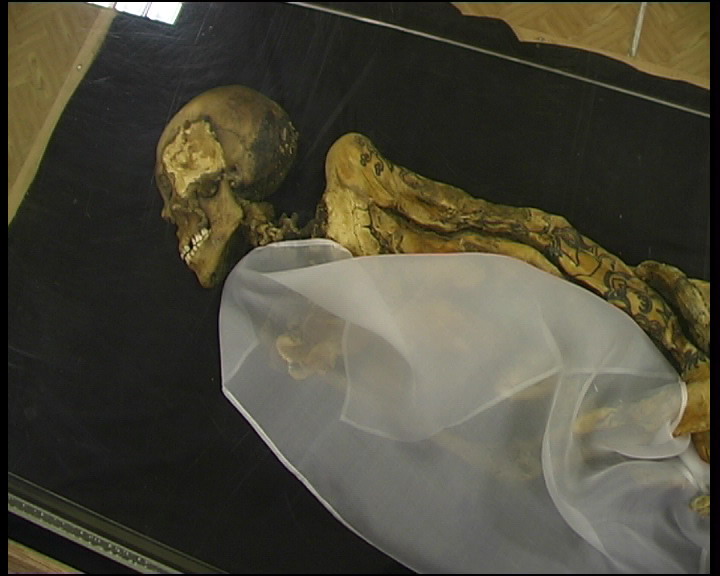The prehistoric period was a time when many creatures were much, much bigger than their ancestors who are alive today. However, there are just as many animals that are large today whose distant relatives were very small during their time.
The prehistoric period can be tough to conceptualize due to the dichotomy between the sizes of animals that roamed the Earth during this time. Our human understanding of size often requires equivalency to picture something accurately. This means that animals that we know of today are the most effective means by which we can visualize the size of other creatures or objects.
While the prehistoric horse was many times smaller than today’s version, there were prehistoric sloths that were 9 feet long and up to 550 pounds! Many people are not aware of the various creatures that were incredibly large during the prehistoric period, so we will talk about them in more detail here.
Why Were Animals So Large in Prehistoric Times?
If there were once giant ground sloths and huge mammoths wandering the Earth alongside dinosaurs, why are these creatures now extinct?
The answer to this question is complex. One of the biggest reasons for the success of large creatures during the prehistoric period was their access to higher oxygen content. These animals were also highly efficient eaters who were able to grow quite large with limited access to food.
Another factor in the size of animals during this period is the fact that many of the largest animals had very light bones despite being huge. Many dinosaurs share bone structures that have a lot in common with birds. This discovery rocked the scientific community when it was made.
Light bones and complex air sac systems allowed these large animals to cool off and respirate effectively despite their vast and impressive size.
Cope’s Rule is also used to help explain the phenomenon of very large animals during this period. This rule states that organisms tend to evolve to be increasingly larger. Without changes to the overall atmosphere, the very large organisms that were present in historic times might never have died out.
Animals That Were Larger in Prehistoric Times
1. The Steppe Mammoth
While elephants are quite large today, the prehistoric mammal, the Steppe Mammoth (Mammuthus trogontherii) was even bigger.
This was a creature that was a close relative of the Woolly Mammoth. The Steppe Mammoth likely weighed about 10 tons, and it lived during the Pleistocene era in a Eurasian habitat.
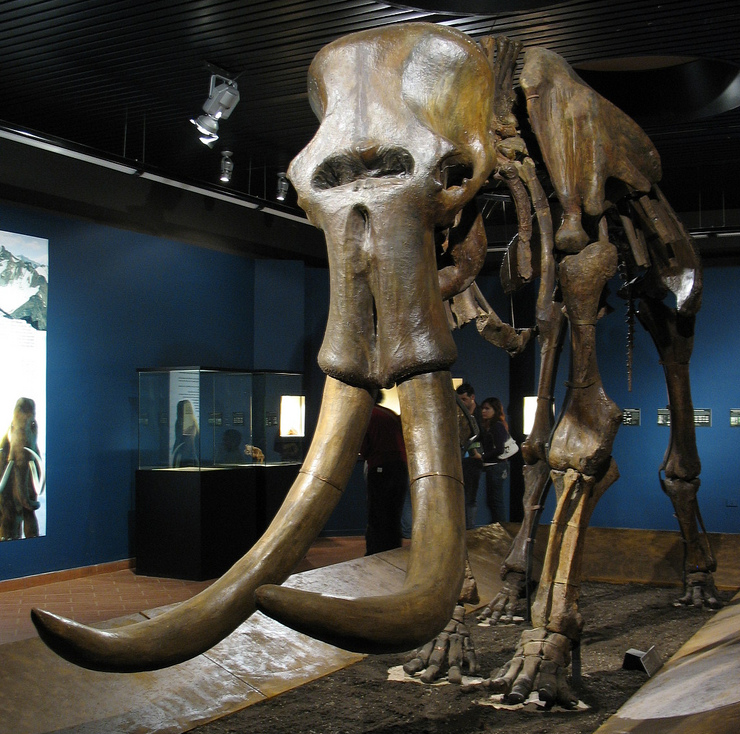
This giant mammoth is considered the ancestor of various other mammoth types that existed after the Pleistocene transition into the later Pleistocene period. This huge elephant-like creature would have been a common site throughout Eurasia during the early and middle Pleistocene.
The Steppe Mammoth could be as tall as 13 feet at the shoulders, but the skeleton at the Azov Museum reaches nearly 15 feet at the shoulders! These animals would have likely weighed around 14.3 tons. Scientists believe that they were grazing animals or mixed feeders.
2. Titanoboa
This huge boa was recently discovered in Colombia. It would have reached 40 feet in length and weighed more than a ton.
Scientists believe that it would have looked a lot like a modern boa constrictor. But it might have hunted and behaved more like an anaconda that lives in the water. The snake’s native habitat was tropical, which might explain the predatory nature of the snake and its anaconda-like hunting methodology.
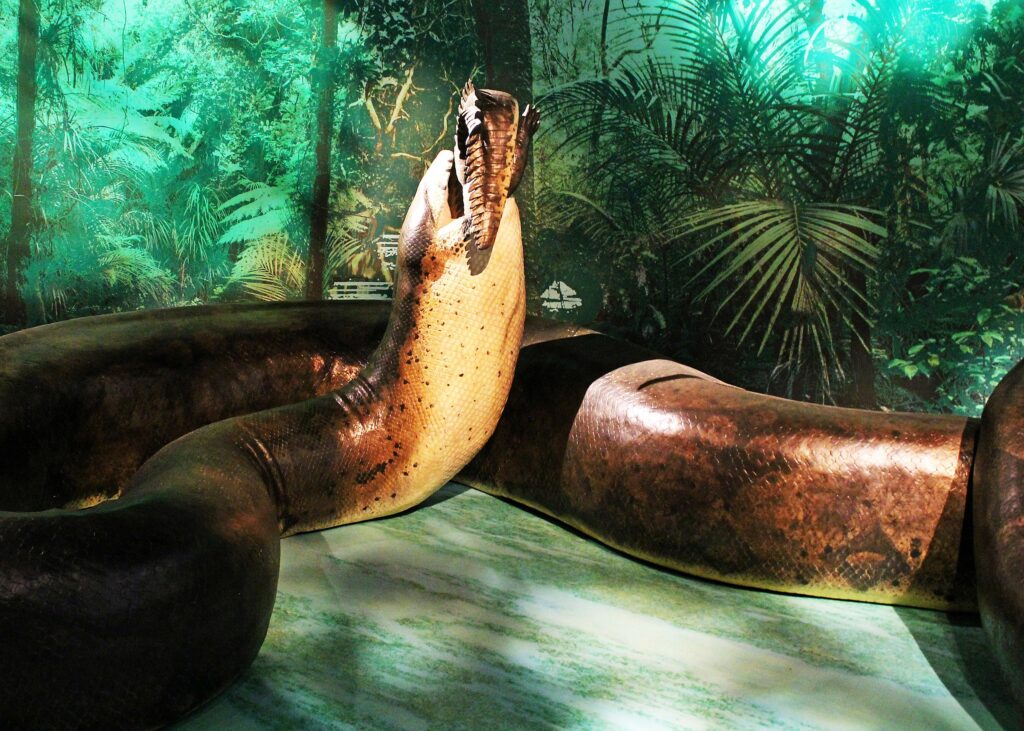
This is the largest snake that has ever been discovered.
Scientists are reframing their view of the evolutionary timeline of reptiles due to this discovery. There have been various other unique and quite large snake-like creatures that have been discovered in the same fossil bed. This led to lots of exciting ongoing research related to the excavation of this site.
3. Giant Griffinfly
Many giant insects shared the environment with large animals during this period. The Giant Griffinfly, Meganeuropsis permiana, would have been the largest insect ever recorded to have existed to this date.
This flying creature had a wingspan of 28 inches. This is more than twice the size of the largest dragonflies that exist today. The bug would have weighed as much as a modern crow.

The Permian period of prehistory dates ahead of the arrival of dinosaurs. Insects were much more prevalent than other kinds of animals. Large ocean life existed during this period as well, making this a period when the ocean and the sky were filled with large creatures that would boggle the minds of nearly anyone who saw them today.
For the many people who are scared of insects, imagine a bug this big flying over your head while you were gathering food to eat!
4. The Ground Sloth
The aforementioned enormous sloths that lived on Earth during the prehistoric period would probably both delight and terrify sloth lovers.
Ground sloths would have varied widely in size, but the largest of them would have been six feet tall and could have weighed as much as 4 tons! This huge creature was likely very abundant during the Pleistocene.
The Ground Sloth would have eaten a diet very similar to the modern sloth. It used its huge tail to allow it to balance on its hind legs to grab tree branches and pick the best leaves off of them to graze on.
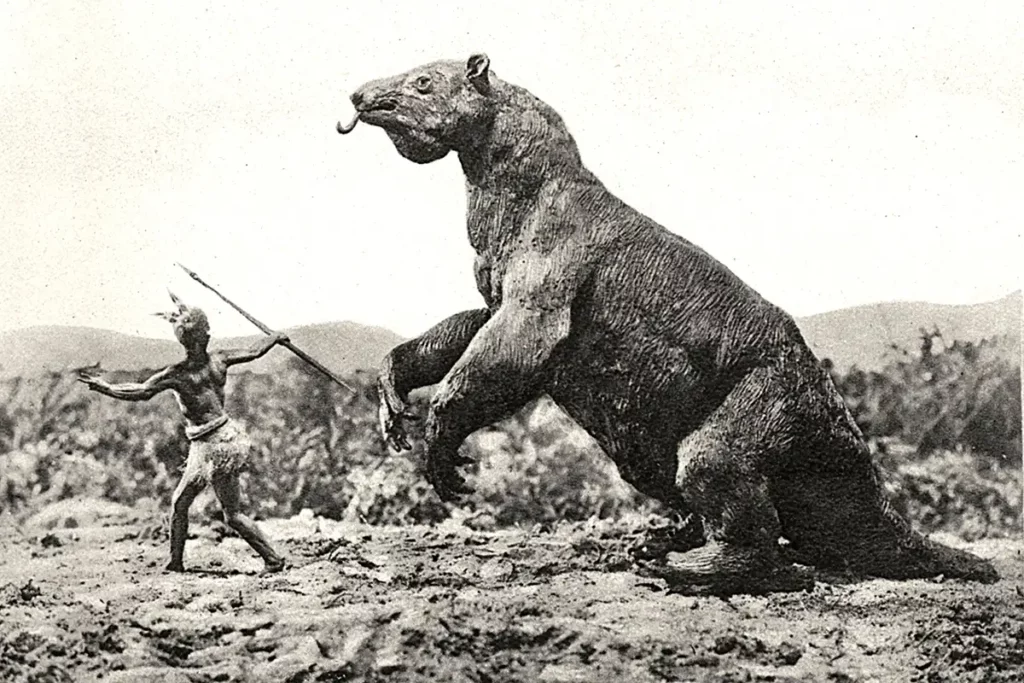
There is debate about whether the creature would have been largely hairless due to its size and closeness to the ground. A sloth without hair can be a little terrifying. And this isn’t even taking into consideration the size of these creatures when they stood up to eat from the trees above them.
This huge sloth likely lived in social groups. But it could also have been a cave dweller that lived alone. There is an ongoing debate about the social organization of these creatures because it is well-known that the sloth would not have had many natural predators during this period.
5. The Sabertooth Cat
The Sabertooth cat (Smilodon) is one of the most familiar of the large animals that lived during the prehistoric era.
This huge cat would have been about six feet long and might have stood more than three feet tall. They weighed between 350 and 600 pounds as well.
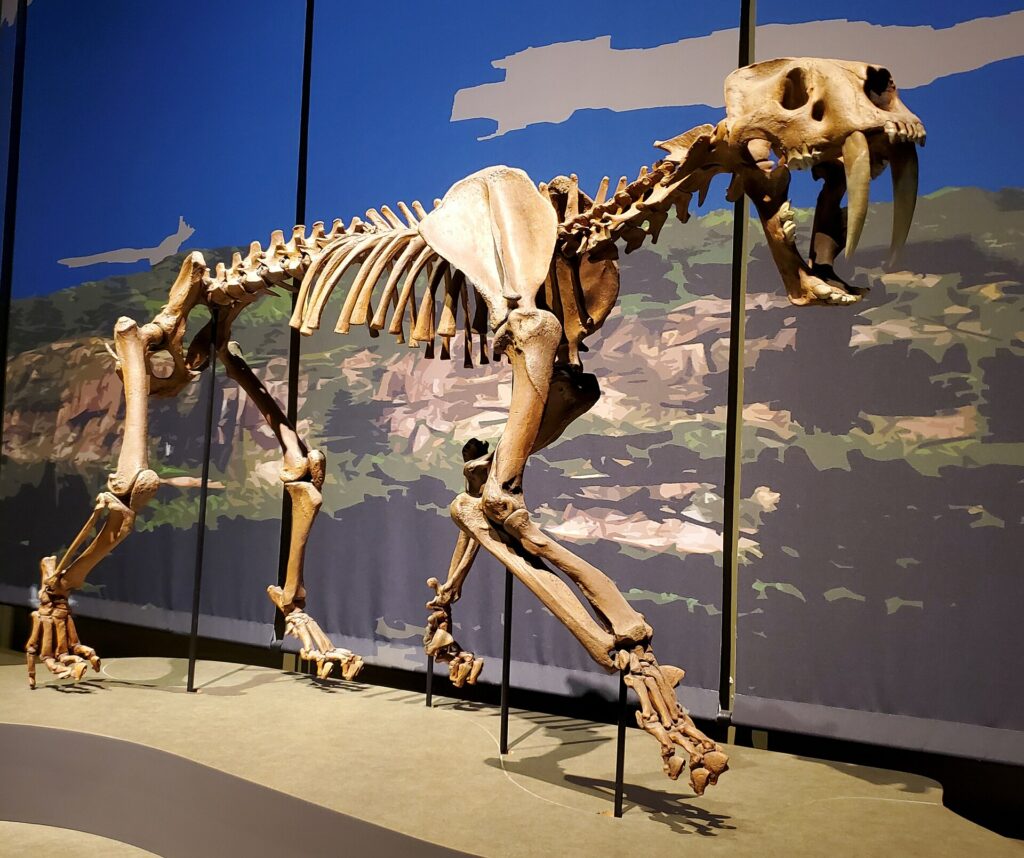
Skulls that have been discovered in fossil beds indicate that this animal could have opened its mouth as far as 120 degrees. This is more than twice as wide as a modern-day tiger can open its mouth.
It is believed that this predator would have been able to jump as high and as far as a modern lion. This means that they could jump as high as 12 feet in the air and over 20 feet.
The Sabertooth Cat was a carnivore and would have likely hunted things like bison, camels, and ground sloths.
Giant Animals Were the Rulers of the Earth for Many Years
Giant animals like these were common for entire eras of Earth’s history. It is hard to imagine things like a snake as big as a car from the perspective of current human understanding.
The awe-inspiring size of many animals from the prehistoric period can be attributed to the vast differences in the atmosphere of the Earth and the evolutionary trajectory that these changes allowed to take place.
If the Earth’s atmosphere were to change again in a dramatic fashion, the relative size of the animals on Earth could also change. This would make our current large animals both strange and exotic.
While most of us are probably relieved that there are no snakes alive today that are as big as an airplane, it is fascinating to consider a world where such a thing could have been possible.
References
Gugliotta, Guy. “How Titanoboa, the 40-Foot-Long Snake, Was Found.” Smithsonian Mag.com, 1 Apr. 2012, https://www.smithsonianmag.com/science-nature/how-titanoboa-the-40-foot-long-snake-was-found-115791429/. Accessed 3 May 2023.
Howe, David W.E. “The Evolution of Large Size: How Does Cope’s Rule Work?” Sciencedirect.com, https://www.sciencedirect.com/science/article/abs/pii/S0169534704003143#:~:text=Cope’s%20Rule%20is%20the%20tendency,has%20yet%20been%20confirmed%20empirically. Accessed 3 May 2023.
Kirkpatrick, Karen & Sarah Gleim. “Why Were So Many Prehistoric Animals So Big?” How Stuff Works, 1 July 2022, https://animals.howstuffworks.com/extinct-animals/why-were-prehistoric-animals-big.htm. Accessed 3 May 2023.
Park, William. “Why Giant Prehistoric Animals Got Smaller.” BBC.com, 23 Jan. 2023, https://www.bbc.com/future/article/20230123-why-prehistoric-giant-animals-got-smaller. Accessed 3 May 2023.
University of Oregon. “Ice Age Giants.” Mnch.uoreon.edu, https://mnch.uoregon.edu/learn/ice-age-giants. Accessed 3 May 2023.
Wikipedia. “Steppe Mammoth.” Wikipedia, https://en.wikipedia.org/wiki/Steppe_mammoth. Accessed 3 May 2023.

